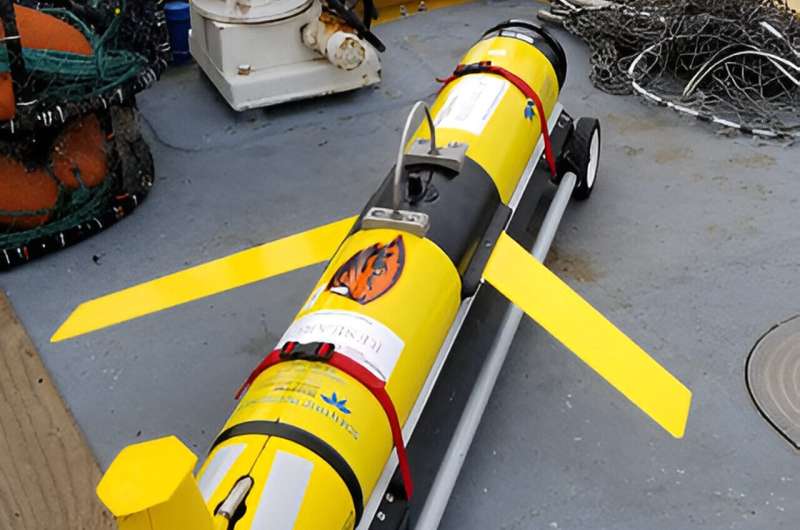As the Earth’s climate continues to undergo rapid changes, the delicate balance of marine ecosystems is being increasingly disrupted. A recent study led by Oregon State University sheds light on a concerning trend: the widespread and escalating occurrence of hypoxia—a condition characterized by dangerously low oxygen levels—in the coastal waters off the Pacific Northwest. Published in Scientific Reports, the study underscores the urgent need for comprehensive monitoring and mitigation strategies to safeguard marine life and ensure the sustainability of ocean resources.
Led by OSU’s Jack Barth, a team of researchers embarked on a mission to unravel the extent and severity of hypoxia along the Pacific Northwest coast. Deploying an array of research vessels and autonomous underwater gliders, the team collected an unprecedented volume of data during the summer of 2021, providing a comprehensive snapshot of oxygen levels in the region’s coastal waters.
The findings paint a stark picture: hypoxia is not only prevalent but also on the rise. More than half of the continental shelf off the Pacific Northwest coast experienced hypoxic conditions in 2021—a troubling indication of the growing impact of climate change on marine ecosystems. Barth notes that while hypoxic events have occurred sporadically in the past, the 2021 season stood out for its intensity, serving as a harbinger of what may become the new norm in the future.
The phenomenon of hypoxia is driven by complex interactions between ocean dynamics and climatic factors. Wind-driven upwelling, a natural process that brings nutrient-rich waters to the ocean’s surface, plays a dual role in fueling both productivity and hypoxia. While upwelling sustains marine life by providing nutrients, it also transports low-oxygen water from the depths to the coastal regions, exacerbating hypoxic conditions.
For marine organisms, hypoxia poses a grave threat to survival. Species such as the economically and culturally important Dungeness crab struggle to cope with oxygen-depleted environments, often succumbing to oxygen starvation. The consequences ripple through entire ecosystems, impacting biodiversity, fisheries, and the livelihoods of coastal communities.
The study’s findings underscore the urgent need for proactive measures to address the growing threat of hypoxia. By mapping the spatial distribution of hypoxic zones along the Pacific Northwest coast, researchers provide policymakers and fisheries managers with valuable insights for informed decision-making. Understanding the interplay between underwater geography and ocean dynamics is crucial for developing targeted strategies to mitigate the impacts of hypoxia and protect vulnerable marine ecosystems.
As hypoxic events become more frequent and severe, sustained monitoring efforts are essential to track changes over time and identify areas of heightened risk. Regular assessment and mapping of hypoxia will enable stakeholders to adaptively manage ocean resources and implement conservation measures effectively.
Barth emphasizes the importance of coordinated efforts and collaboration in tackling the complex challenges posed by hypoxia. By harnessing scientific expertise and leveraging technological advancements, researchers can develop robust monitoring frameworks and predictive models to guide conservation efforts and promote the sustainable use of ocean resources.
In an era of rapid environmental change, the study serves as a clarion call for action. By prioritizing the protection of coastal ecosystems and embracing science-based management practices, we can work towards a future where marine life thrives, and coastal communities flourish in harmony with nature. As we navigate the complexities of a changing climate, our commitment to ocean stewardship will be instrumental in shaping a resilient and sustainable future for generations to come.
